A recent Federal Court case illustrates why businesses should ensure that they are using their trademarks correctly when they are taking action against a third-party for trademark infringement.
In this case, the defendant was successful in their counterclaim alleging that the plaintiff had failed to use their shape mark properly.
Background
The Plaintiff, RB, owned two trademarks in
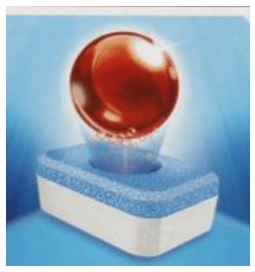 | 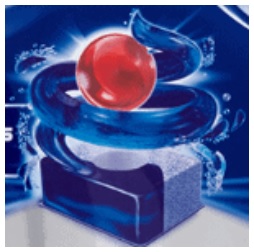 |
| Finish Powder Capsule | Finish Gelcap |
The defendant,
RB commenced proceedings against
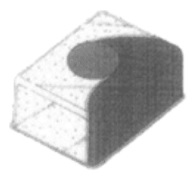
914 Mark
Judgement
Rofe J found that RB had not properly used the 914 mark because its use on the Finish packaging did not designate the trade origin of the product. The use of the 914 mark was used to show what the product inside of the packaging looked like and not to show that it was a product of the Finish Brand. This role was given to the prominent use of the Finish Logo featured on all Finish products. The purpose of the 914 mark was to highlight the particular technical attributes of the tablets.
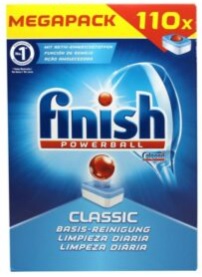 | 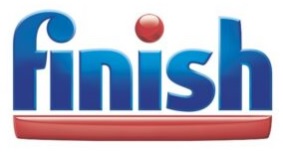 |
| Finish Logo |
Rofe J referred to Kitto J's decision in
In applying this test, it became increasingly clear that the main image that was used to link the Finish product and RB (The Owner) was the use of the Finish logo prominently seen on top of all Finish products. The 914 mark merely played a secondary role in illustrating what the product looked like. It failed the test.
Takeaway
Businesses should take note of the following:
- Carefully consider whether you can rely on a shape mark to protect against infringement of your IP;
- If you are considering using a shape mark, ensure that the mark would be able to identify you as the owner rather than functioning as a way for customers to identify what the product looks like; and
- When alleging trademark infringement, consider whether you have used your trademark properly as noted in the Shell test above.
The content of this article is intended to provide a general guide to the subject matter. Specialist advice should be sought about your specific circumstances.
Mr
14 /
3000
Tel: 39614 7707
Fax: 39614 6676
E-mail: sdn@pointonpartners.com.au
URL: www.pointonpartners.com.au
© Mondaq Ltd, 2022 - Tel. +44 (0)20 8544 8300 - http://www.mondaq.com, source



